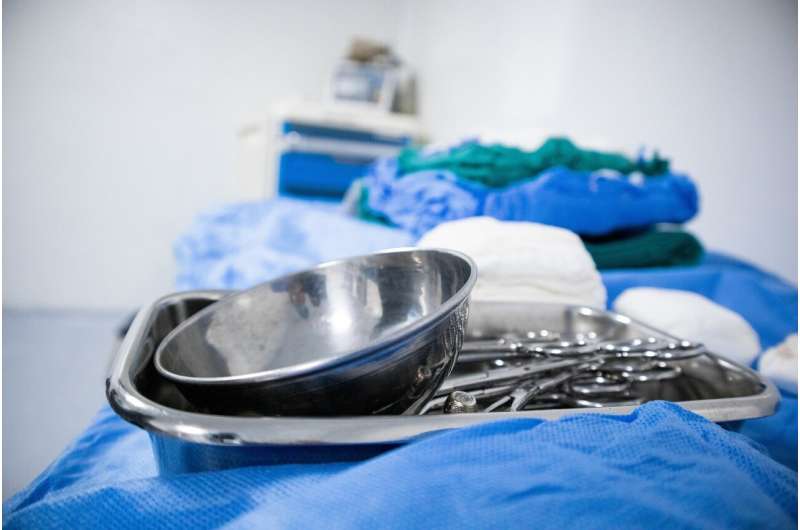Balancing the safety and education of pregnant neurosurgeons

Because there are unique circumstances that may impact the training, safety, and career trajectory of pregnant neurosurgeons, as well as risks inherent to the pregnant neurosurgical resident from occupational exposures and pregnancy physiology, the authors of this paper have come up with recommendations for both pregnant residents and their residency programs to mitigate these risks, focusing on the impact on their education as well as on their colleagues.
Detailed findings of this study are described in the article “Best practices for the pregnant neurosurgical resident: balancing safety and education,” by Krystal L. Tomei et al., published today in the Journal of Neurosurgery.
As neurosurgery moves to improve diversity, including attracting women to the field, and as policies supporting parental leave are written into training and board certification requirements, it is imperative to consider the additional barriers to childbearing inherent in residency training.
Noting the stigma associated with pregnant residents and the impact of their pregnancy on colleagues, the lack of policy and financial support regarding parental leave, postpartum challenges, and the higher medical complication rates in pregnant surgeons, including higher rates of pregnancy loss, a higher need for assisted reproductive technology, more frequent nonelective cesarean deliveries, and increased rates of postpartum depression, the authors set out to provide interventions for each of the three trimesters and the postpartum “fourth trimester,” as well as best practices for residency programs.
These recommendations can be carried forward by the pregnant resident and residency programs, with specific consideration of situations unique to neurosurgical training. The accommodations proposed by the authors take into account the bodily needs of pregnant residents and the nausea they may experience, the levels of radiation and teratogen they may be exposed to, their postpartum parental leave and breastfeeding needs, and the possibility of medical and bereavement leave (in the case of pregnancy loss), with the goal of aiding pregnant residents in meeting their residency educational and training requirements in a safe and inclusive environment.
Furthermore, the authors suggest that additional policies should strive to accommodate other pregnancy-related needs, including egg preservation and fertility treatments. In examining best practices, they also stress the need to support partner presence at prenatal appointments for neurosurgical residents whose partners are expecting, as well as normalizing and encouraging parental leave equally among all residents.
When asked about the study, Dr. Tomei said, “Recently, our program had three residents over 3 years who became pregnant during various stages of their training. It was very important for me as a program director to balance their safety as well as their education and the impact upon their coresidents.
“When I started looking for resources to help guide this process, there was very limited information to go by. With the new changes put forth by the ABMS, ABNS, and ACGME, it was the opportune time to compile information for programs to be able to reference. I truly hope this is just the beginning as there are so many more opportunities to explore how we can best support our trainees during these milestones.”
More information:
Tomei KL, Hodges TR, Ragsdale E, Katz T, Greenfield M, Sweet JA, Best practices for the pregnant neurosurgical resident: balancing safety and education, Journal of Neurosurgery (2022). DOI: 10.3171/2022.9.JNS221727. thejns.org/view/journals/j-neu … 2022.9.JNS221727.xml
Journal information:
Journal of Neurosurgery
Source: Read Full Article
